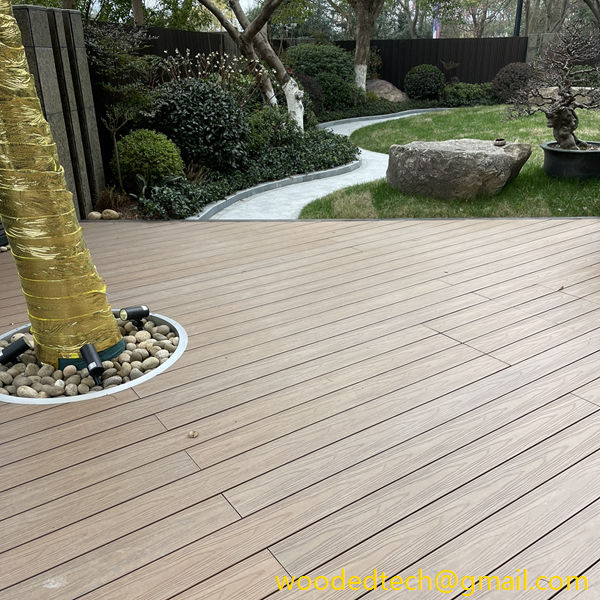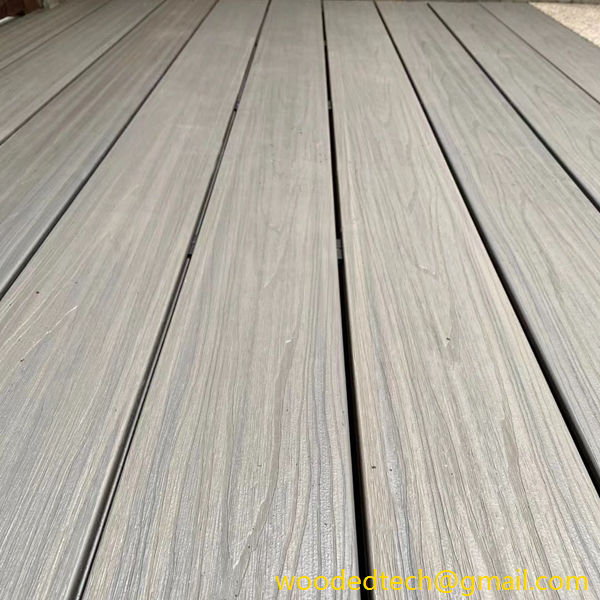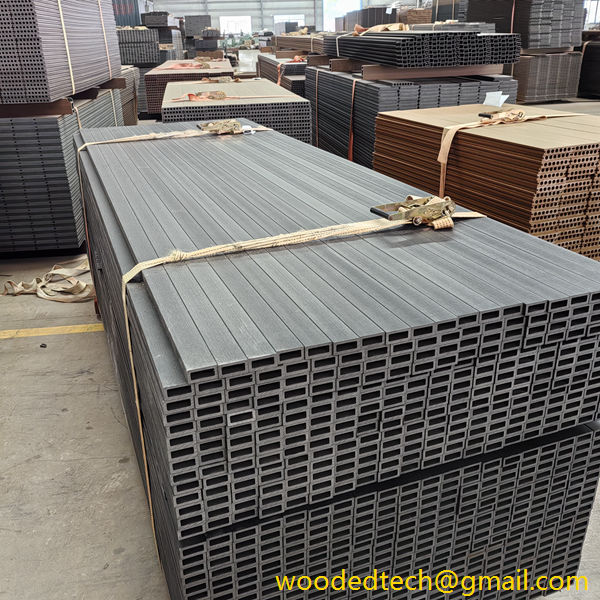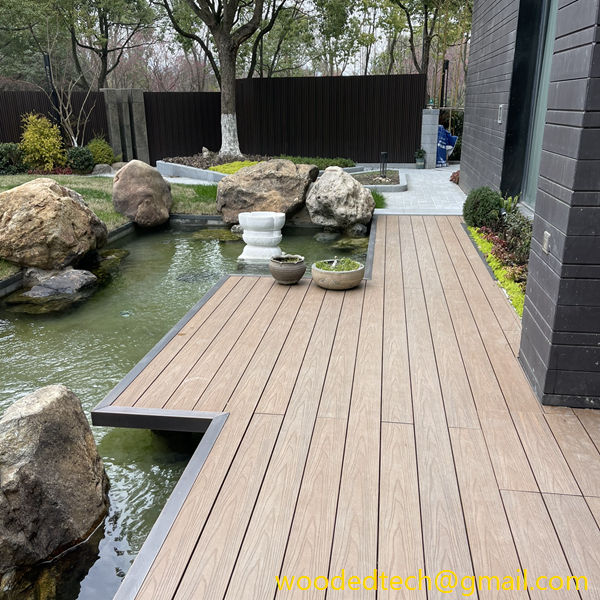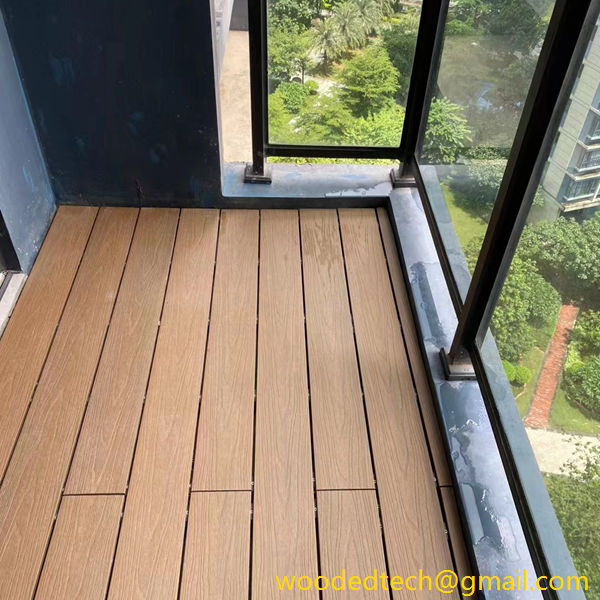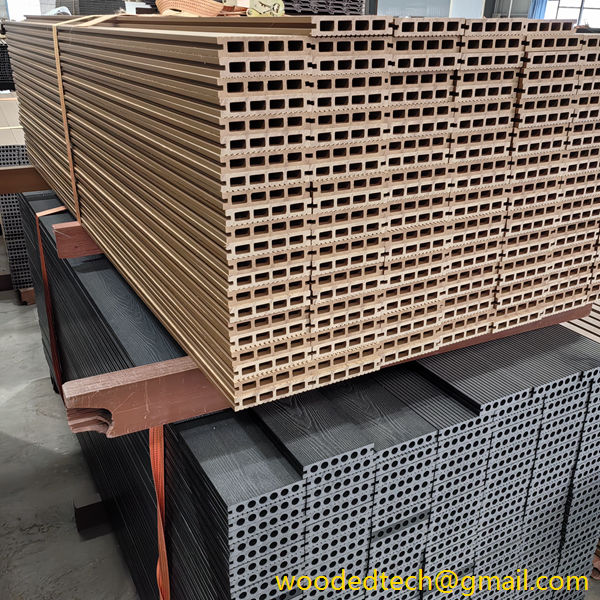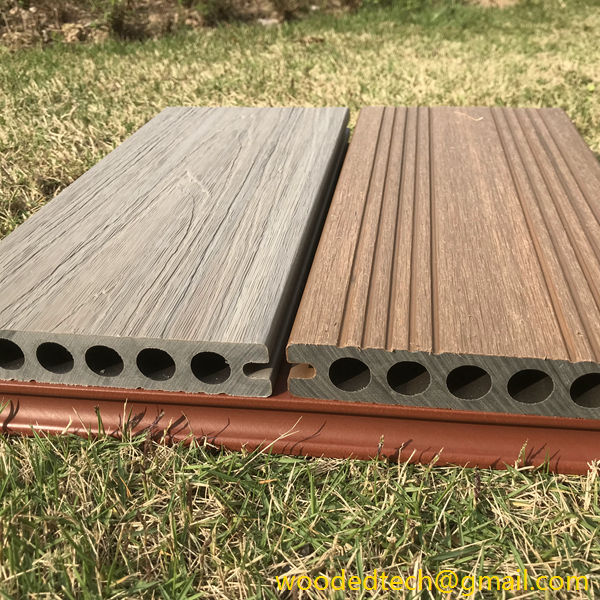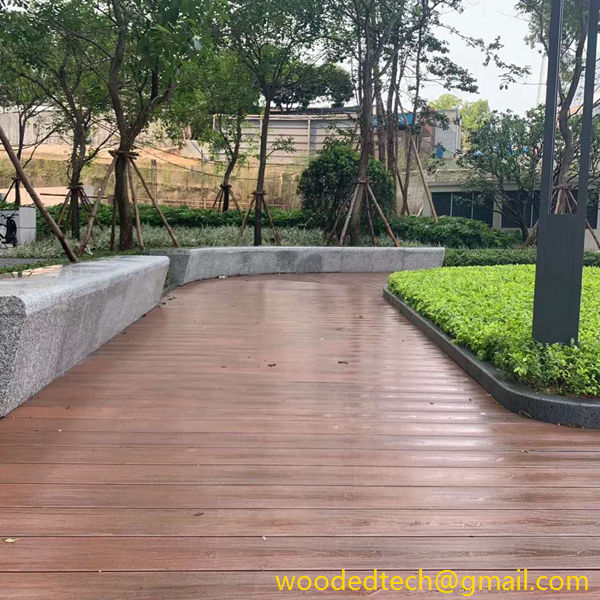Good Decking Composite: Explore the Best Options for Good Decking Composite Materials
Good Decking Composite: Explore the Best Options for Good Decking Composite Materials When it comes to creating an outdoor space that is both functional and aesthetically pleasing, the choice of decking material is crucial. Among the various options available today, composite decking has gained immense popularity due to its durability, low maintenance, and diverse range…
Good Decking Composite: Explore the Best Options for Good Decking Composite Materials
When it comes to creating an outdoor space that is both functional and aesthetically pleasing, the choice of decking material is crucial. Among the various options available today, composite decking has gained immense popularity due to its durability, low maintenance, and diverse range of styles. This article will explore the best options for good decking composite materials, focusing on the different styles and features available.
Composite decking is primarily made from a blend of wood fibers and recycled plastic. This unique combination not only gives it the look and feel of traditional wood but also enhances its resistance to weather, decay, and insects. As homeowners seek environmentally friendly solutions, composite decking has emerged as a sustainable choice, as it utilizes recycled materials while minimizing the need for deforestation.
One of the significant advantages of composite decking is its versatility in design. Unlike traditional wood, composite materials can be manufactured in various colors, textures, and finishes. Homeowners can choose from a wide range of hues, from natural wood tones like cedar and oak to vibrant colors that can make a bold statement. This variety allows for greater customization, enabling homeowners to match their decking to their home’s exterior or landscape.
Moreover, composite decking is available in different styles, including grooved and square-edge boards. Grooved boards are designed for hidden fasteners, providing a sleek, seamless appearance. This style is particularly popular among homeowners who prefer a clean look without visible screws or nails. Square-edge boards, on the other hand, are more traditional and can be face-fastened, allowing for a more rustic or classic aesthetic. The choice between these styles can significantly influence the overall look of the deck.
In addition to color and style, texture plays a vital role in the appeal of composite decking. Many manufacturers now offer boards with textured surfaces that mimic the grain of real wood. This added texture not only enhances the visual appeal but also provides increased traction, making it a safer option for families with children or pets. Some brands even offer embossed patterns that resemble traditional wood decking, allowing homeowners to achieve the natural look they desire without the associated maintenance.
When considering the best options for composite decking, it’s essential to evaluate the material’s performance and longevity. Quality composite decking is designed to withstand the elements, resisting fading, staining, and warping over time. Some manufacturers provide warranties that last up to 25 years, a testament to the durability of their products. Homeowners should look for brands that offer capped composite decking, which features a protective layer that shields the core from moisture and UV damage, ensuring a longer lifespan.
Another factor to consider is the ease of installation. Many composite decking products are designed for straightforward installation, with some featuring interlocking systems that allow for quick assembly without the need for extensive tools. This can be a significant advantage for DIY enthusiasts or those looking to save on labor costs. Additionally, composite materials are often lighter than traditional wood, making them easier to handle during installation.
Sustainability is a growing concern for many homeowners, and composite decking aligns well with these values. By choosing composite materials made from recycled content, individuals can contribute to reducing waste and promoting environmental responsibility. Many companies also prioritize sustainable manufacturing practices, further enhancing the appeal of composite decking for eco-conscious consumers.
Cost is another critical consideration when selecting decking materials. While composite decking may have a higher initial price compared to pressure-treated wood, the long-term savings are worth noting. The low maintenance requirements mean that homeowners will spend less on upkeep, including staining, sealing, and repairing. Furthermore, the durability of composite decking means it will last longer, providing better value over time.
In conclusion, when exploring good decking composite materials, homeowners have a wealth of options to consider. The variety of colors, textures, and styles available allows for personalized outdoor spaces that reflect individual tastes. With the advantages of durability, low maintenance, and sustainability, composite decking stands out as a superior choice for many. Whether you prefer the seamless look of grooved boards or the classic appeal of square-edge options, there is a composite decking solution to fit your needs. Investing in quality composite materials not only enhances the beauty of your outdoor area but also ensures a functional and lasting space for years to come. As you embark on your decking project, remember to evaluate the different styles and features available to find the perfect composite solution for your home.

